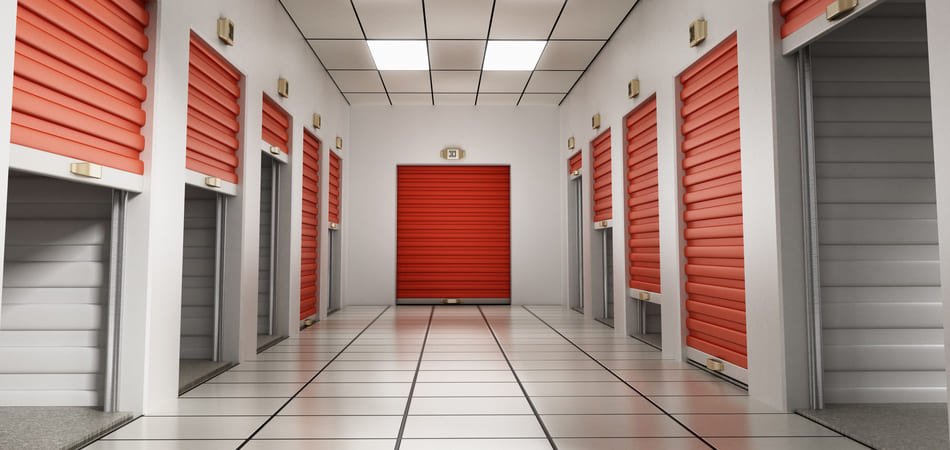
Using mini storage units can be an excellent solution for those needing extra space for their belongings. However, to ensure your items remain safe and in good condition over extended periods, certain best practices must be followed. Here’s how to maximize the benefits of your mini storage unit for long-term use.
Choose the Right Unit
The first step to successful long-term storage is selecting the right size unit. Assess what you intend to store, whether it’s furniture, seasonal items, or business inventory. Avoid renting a unit that is too large, as it can lead to wasted space and unnecessary costs. Conversely, a unit that is too small can result in overcrowding, which can lead to damage. Most storage facilities Osoyoos BC offer different sizes, so take the time to choose one that meets your needs.
Prepare Your Items Properly
Proper preparation of your items before storing them is crucial. For furniture, disassemble pieces where possible and wrap them in moving blankets or plastic covers to protect against dust and scratches. For clothing, consider using vacuum-sealed bags to save space and keep them free from moisture and pests. Additionally, ensure all items are clean and dry before placing them in storage to prevent mold and mildew.
Use Quality Packing Materials
Investing in quality packing materials can make a significant difference in how well your items hold up over time. Sturdy boxes, bubble wrap, and packing tape are essential for keeping your belongings secure. For fragile items, consider double boxing them or using packing peanuts for extra cushioning. Label all boxes clearly, indicating the contents and which room they belong to, making it easier to locate items in the future.
Organize for Accessibility
When storing items long-term, organization is key. Place frequently used items towards the front of the unit for easy access. Utilize shelving units to make the most of vertical space and keep smaller boxes off the floor. If possible, create a clear path down the center of the unit to access items without moving everything around. A little time spent organizing can save you frustration later.
Climate Control Matters
If you’re storing items that are sensitive to temperature and humidity, consider renting a climate-controlled unit. Such units maintain a stable environment, protecting against extreme temperatures and moisture that could damage your belongings, especially electronics, antiques, and documents. Ensure the facility you choose offers climate-controlled options if you plan to store valuable items.
Conduct Regular Inspections
Even with a long-term storage plan in place, it’s essential to visit your storage unit periodically. Regular inspections can help you monitor the condition of your belongings and ensure everything is in order. Look for any signs of pests, moisture, or damage, and address issues immediately to prevent further deterioration.
Stay Informed About Facility Policies
Familiarize yourself with your storage facility’s policies regarding access hours, fees, and insurance. Knowing what is covered can help you avoid unexpected charges and ensure your items are adequately protected. Some facilities offer insurance plans for an extra fee, providing peace of mind.
Prepare for Retrieval
When you’re ready to retrieve items from your mini storage unit, plan ahead. Create a list of what you need to take out and check the organization of your unit. This way, you can quickly locate and transport items back to your home or business without wasting time rummaging through boxes.
Conclusion
Utilizing a mini storage unit for long-term storage can significantly declutter your living space while keeping your belongings safe. By following these best practices—choosing the right unit, preparing items correctly, organizing effectively, and conducting regular checks—you can ensure your stored items remain in excellent condition until you need them again. Whether you’re storing family heirlooms or business inventory, these tips will help you make the most of your storage solution.